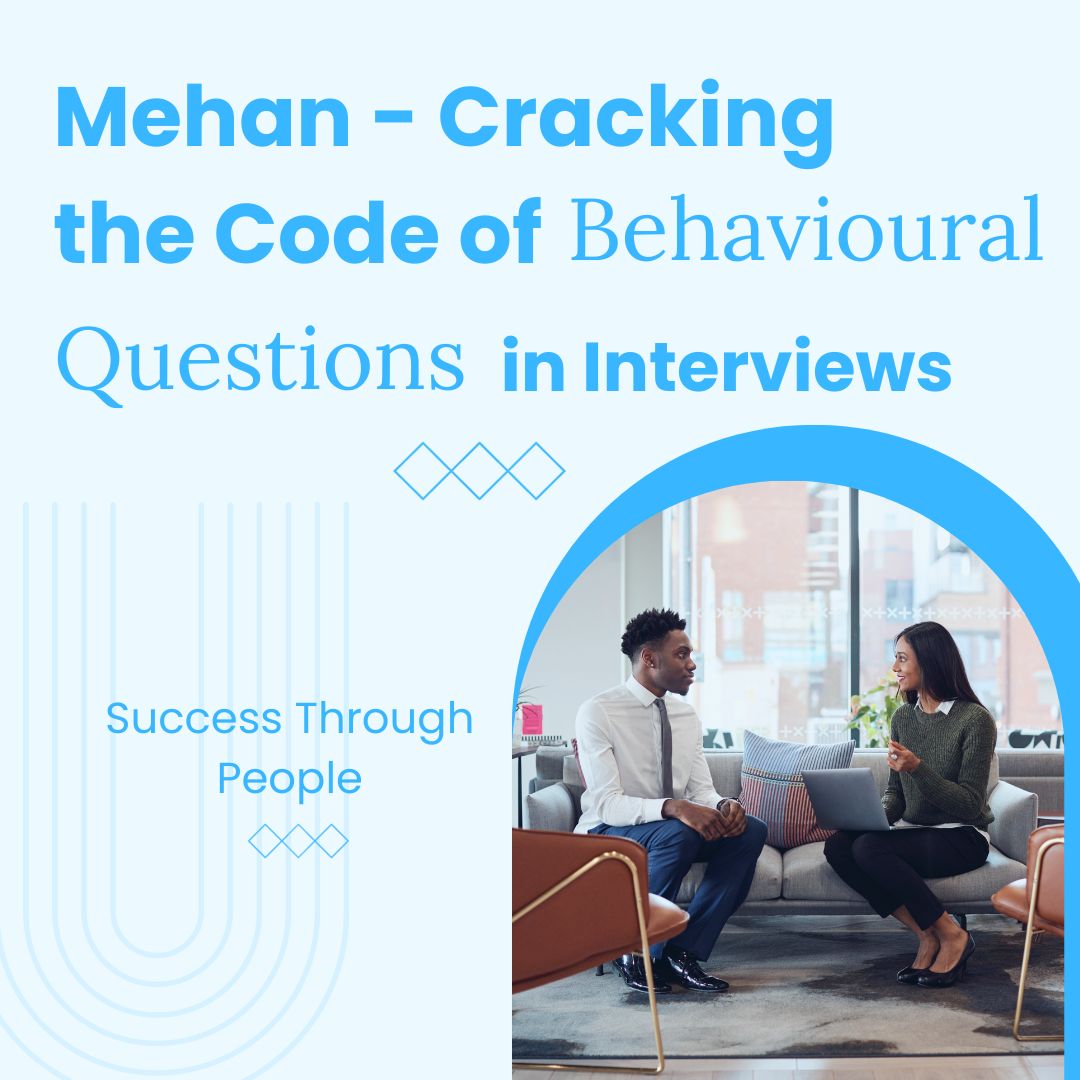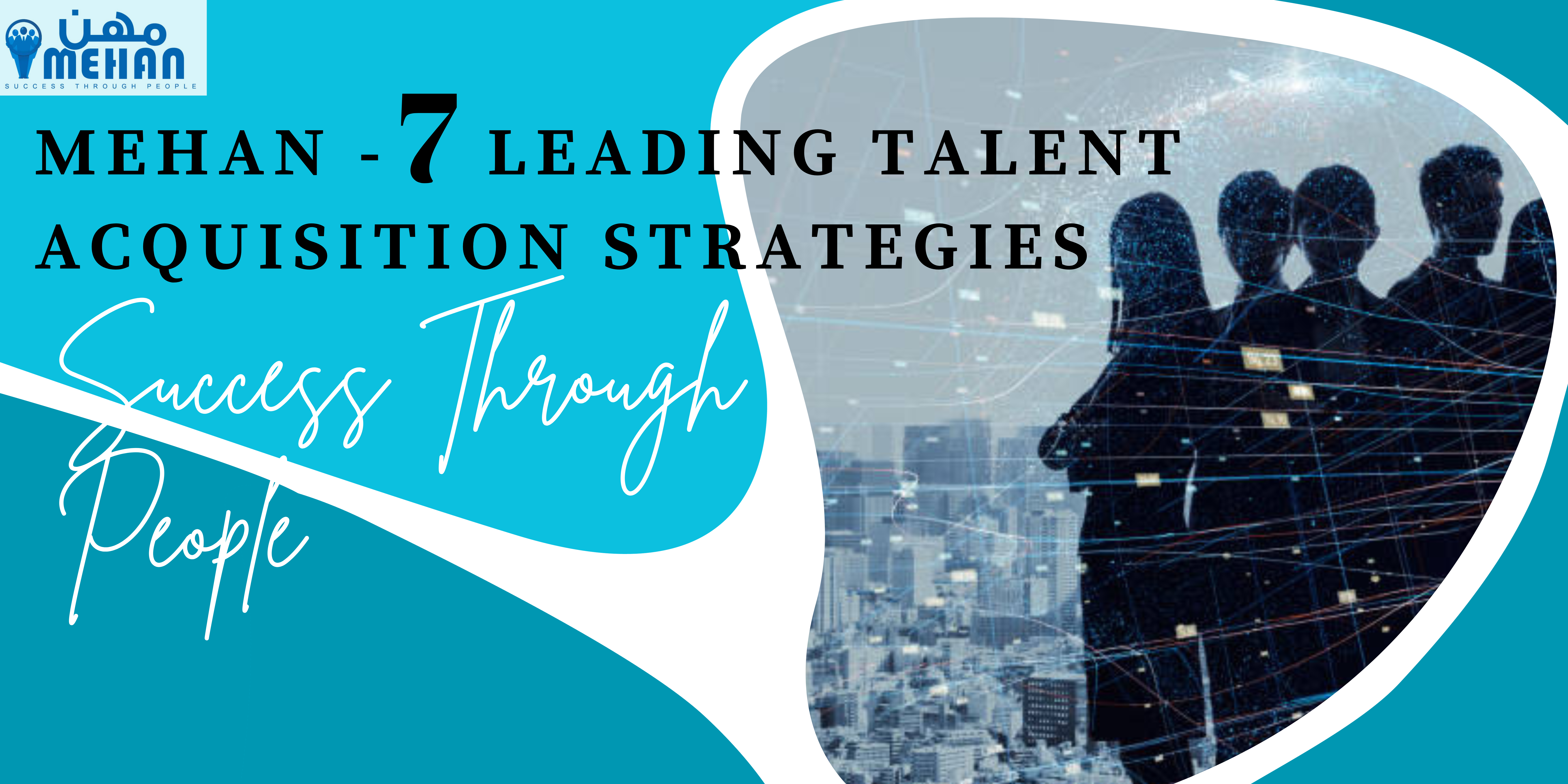
The first time we hear of the concept of Agility in business was in 2001. Back then it was related to IT and software development. There are 12 principles in the ‘The Agile Manifesto’ created in the software industry that essentially dictates that the company must seek out customer satisfaction above all. Furthermore, it has to be done through continuous deliveries of value additions and by maintaining constant communication with the client as well as among the team. We have discussed various ways to apply these principles to HR and how an Agile HR can make a difference in the organization. Building on those blog posts, we will look at the five Agile Methodologies we can apply to HR.
Scrum
Scrum methodology is the very definition of Agile development. It was first used in the development of computer software based on iterative and incremental development and process. The model primarily focuses on satisfying the customer through a system that encourages constant communication, collective responsibility, and continuous progress. In the context of an HR department, the customer becomes the organization and its employees. Every policy development goes through cycles or “stages of development. Furthermore, a daily team huddle of 15 minutes, or “Daily Scrum”, that aims to listing out the tasks for the day is an essential part of the Scrum framework.
Spotify
Spotify is the largest and most popular subscription-based music streaming platform in the world. A key ingredient in their success is their unique approach to achieving agility. Their engineering teams developed the “Spotify Model” before 2012. The model is a people-driven, autonomous approach to scaling agile that emphasizes the importance of culture and network. It favors the autonomy of teams. The organization is divided into Squads of 6 to 12 individuals who come from multiple specialties. The squads are organized into Tribes and Guilds to help them cross-pollinate knowledge and keep them aligned.
Less
Less or Large Scale Scrum is Scrum applied to multiple teams who work on the same product or function. It was started in 2002 to apply the same principles, purpose, elements, and elegance of Scrum in a large-scale context, as simply as possible. In Less, multiple teams are given a common goal that will be divided amongst themselves. They are responsible for a broad end-to-end customer-centric solution. To put this in our context, a policy decision when deliberated and developed by HR teams like payroll, culture, recruitment, etc., together.
Kanban
The word “Kanban” was coined in Japan and it is linked to the ‘just-in-time’ methodology used in Manufacturing. The Kanban method requires communication and transparency so that the members of a team can know exactly at what stage the process is and can monitor its status at any time. The process of recruitment, for example, can be ‘kanbanized’ by mapping it into a board or card where each step in the process becomes a column and is separated by swimlanes indicating the priority or some other type of organization structure. There will be a new card for every recruit. This model has already been adopted by at least one company in the UAE and has improved its HR process.
Lean Management
Lean Management is derived directly from the Lean Manufacturing methodology developed by Toyota and it aims at the reduction of waste and lead time. This method offers a conceptual framework and follows values, principles, and good development practices that can be applied to an Agile development approach. It has seven principles:
- Deletion of anything that does not add value.
- Maximization of quality through discipline and control over the number of residuals created.
- Documentation of the processes so that can be used as a knowledge base.
- Differing commitments or encouraging the team not to focus on the planning ideas without a prior and comprehensive understanding of the requirements of the project.
- Quick decisions to add value to the project
- Communicating and managing conflicts as soon as they arise.
- Optimize the processes as much as possible by focusing on identifying and rectifying errors as soon as they arise.




